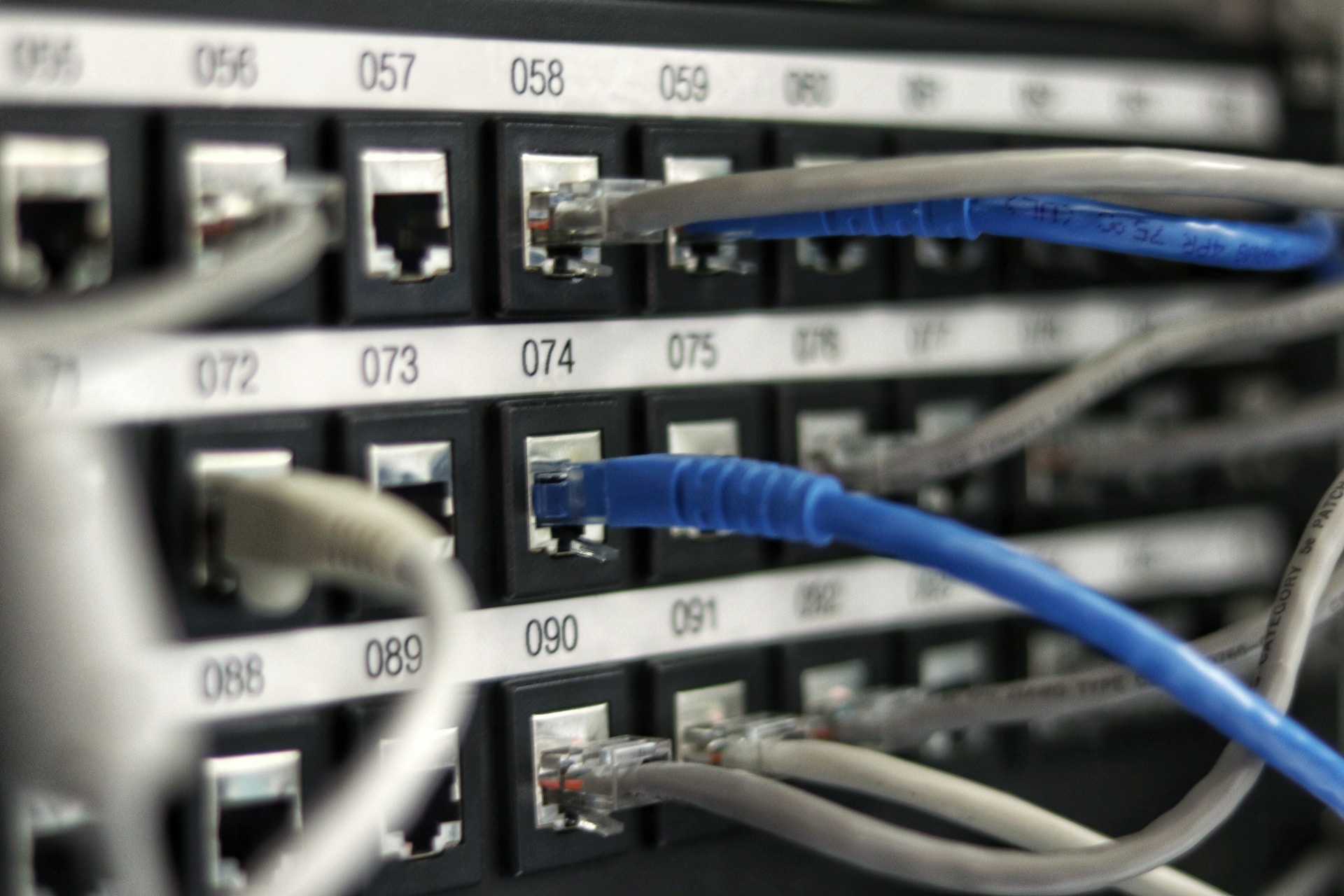Saving Money on Your New Business Network System

Most offices and businesses will eventually face the need to create a networked IT system in order to have the most efficient business practices and provide valuable services to their customers. For a small business or companies which are new to networking, this can be an overwhelming and complicated situation. In many cases, owners will simply hire a networking company to avoid the stress and learning curve involved with setting up their own system. However, other companies will need to avoid this in order to save funds and work within their operating budgets. Setting up a networking system can be a significant expense, but there are several strategies you can employ to save money while still ensuring a reliable and efficient network setup. Here are some tips to help you save money while setting up networking:
Plan and Budget
Start by creating a detailed plan for your networking system. Identify the equipment you will need, such as routers, switches, access points, and cables. Take the time to set a budget and create a plan to avoid overspending.
Use Existing Equipment
Before buying new equipment, check to see if you have any existing hardware that can be repurposed. Older routers and switches might still be useful for smaller setups. If you are a new business or don’t have existing equipment, consider using refurbished equipment from a company such as RSF Supply. Make sure to buy from reputable sources.
Evaluate Your Needs
While planning, it’s important to think about the scale and intended use of your network. If you’re setting up a network in a small office, you may not need as much equipment as will be required for a large business network. Plan your setup around your actual needs as well as your budget.
Comparison Shopping
Take the time to compare different options for equipment, software, and installation. Online retailers, local stores, and even refurbished equipment sellers can offer competitive pricing. Research different networking equipment suppliers and compare prices. Look for reviews and word-of-mouth recommendations in order to find a reputable, high-quality company. While saving money is important, it can cost you more in the long run if your equipment fails or your installer is not reputable.
Simplify the Design
Make sure to keep your network design as simple as possible. Avoid making your system too complex, which can lead to higher costs and maintenance fees. In addition, complex networking systems can be more difficult to maintain and repair. This can mean you will be calling a repair company more often in order to perform what would be simple repairs if you had a less complicated system.
DIY Cabling and Installation
If you’re comfortable with basic network cabling, consider crimping your own Ethernet cables, planning and installing your own wires and equipment, and installing your own software. Try to set up and configure as much of your network as possible if you or your employees have the technical skills. Hiring consultants or professionals can add to the expense of installing a network, but by doing part or all of it yourself, you can save money. However, you should make sure that you know how to do the job correctly or you will end up paying more in repair and maintenance over time.
Cloud Services and Virtualization
Depending on your needs, consider using cloud-based networking services. Cloud-managed switches, routers, and access points can reduce upfront hardware costs. If appropriate, use virtualization to run multiple network services on a single physical machine. This can save on hardware costs and power consumption. You can also benefit from cloud-based back-ups and storage, which can cost less and be more flexible for your growing business’s needs.
Energy Efficiency
Consider choosing networking equipment that is energy-efficient. This will help reduce your ongoing operational costs and will save you money over time. While this equipment may have a higher up-front cost, you can lower your energy bill compared with using conventional equipment and you will be creating a more eco-friendly business as well.
Future-Proofing
While you want to save money, it’s also important to plan for future growth. Make sure you invest in equipment and software that can scale as your needs increase, reducing the need for frequent upgrades. If you fail to plan for future growth, you risk creating a situation that costs much more money down the line. For example, if your business grows more than you expect, you could end up having to create an entirely new networking system in the future. This can cost much more money than a simple upgrade would.
Regular Maintenance
Regular maintenance is essential to keep any IT system functioning at its best. If you fail to perform regular maintenance, you risk system failures or large-scale problems that can interfere with the functioning of your business and customer service. Perform regular maintenance and updates on your networking equipment to extend its lifespan and avoid costly repairs and replacements.
Optimize for Efficiency
Finally, make sure that your network system is optimized for efficiency and productivity. Configure your network to optimize performance and minimize wastage. This can reduce the need for additional hardware to compensate for inefficiencies. An efficient system will also result in a more productive team and a better-performing business. Over time this will save your company money and make your business more reliable and successful.
Conclusion
While saving money is important, investing in a reliable and secure networking setup is also crucial for smooth operations. If you spend more money than necessary you may not see any business benefits. However, if you do not spend the money necessary to purchase quality equipment and installation, you won’t have a reliable network. Balancing cost savings with quality and performance is key to a successful networking setup.
